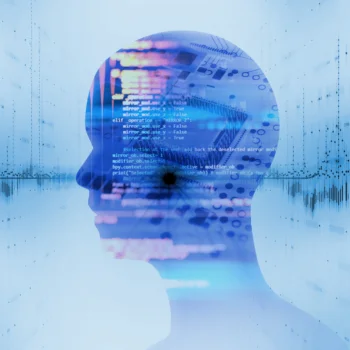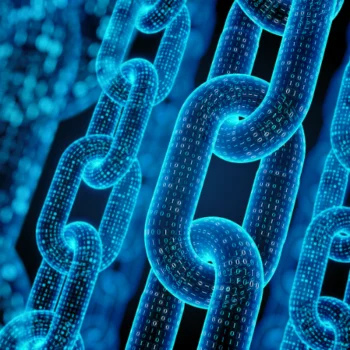A Big Four Firm & Softensity

A Big Four accounting and consulting firm has long been synonymous with excellence in tax, assurance, and advisory work, yet even an organization of its scale was constrained by a two-decade-old hurdle: the sheer variability of tax documents. Every client uploaded returns, schedules, and supporting PDFs that differed in layout, wording, and even scan quality. Conventional rules-based extractors routinely failed, so skilled tax professionals spent late nights verifying figures line by line. At peak season the legacy platform could ingest only about five PDFs per minute, forcing teams to triage work and accept costly bottlenecks.
When Softensity joined the project, our first task was to stabilize the client’s sprawling codebase, hundreds of micro-services maintained by multiple time-zone teams, so that innovation could happen without risking daily operations. Once the pipeline was reliable, a mixed squad of Softensity AI engineers, client data scientists, and tax domain experts set out to reimagine document processing from the ground up. We introduced an AI backbone that blends advanced OCR, domain-tuned large language models (LLMs), and a prompt-engineering toolkit. The LLMs, trained on thousands of annotated tax forms, can interpret unstructured content, tag relevant fields, and map values to the client’s internal schema. Meanwhile, tax SMEs can tweak extraction behavior using plain English prompts rather than code, turning subject-matter knowledge into executable logic in minutes.
The new pipeline is fully serverless, scaling elastically during filing peaks and throttling back during lulls. A real-time monitoring layer tracks accuracy, drift, and compliance thresholds, so any anomalies trigger human review long before numbers reach the client. Governance was woven in from the start: every model update moves through a gated MLOps process that logs lineage, reproducibility, and approval signatures to satisfy regulatory scrutiny.
The impact was immediate. What once took armies of associates now happens in the background while those professionals focus on complex advisory work and nuanced compliance questions. Quality assurance teams reported that the AI consistently clears the client’s accuracy thresholds; where uncertainty does remain, the system flags the page and passes it to a reviewer with contextual notes, cutting average investigation time in half.
The cultural shift has been equally profound. By allowing non-technical tax specialists to refine extraction via natural-language prompts, Softensity effectively lowered the barrier between domain expertise and code. Teams that once depended on scarce engineering bandwidth can now iterate extraction logic overnight, fostering a “configure-don’t-code” mindset across the practice.
Looking ahead, the client and Softensity have outlined a roadmap to extend the engine to international tax jurisdictions, where document diversity is even broader. Parallel efforts are underway to layer predictive analytics on top of the pipeline, surfacing real-time compliance alerts and benchmarking insights for clients. A dedicated “Agent Operations” squad, an evolution of traditional DevOps, will own continuous monitoring, retraining, and ethical guardrails, ensuring that AI remains trustworthy as models evolve.
This engagement demonstrates more than a technical upgrade; it showcases how strategic collaboration can redefine professional workflows. By merging the client’s deep domain knowledge with Softensity’s AI craftsmanship, both firms have turned a legacy pain point into a data-driven advantage, and set a template for how intelligent automation can elevate, rather than replace, human expertise in the tax arena.











